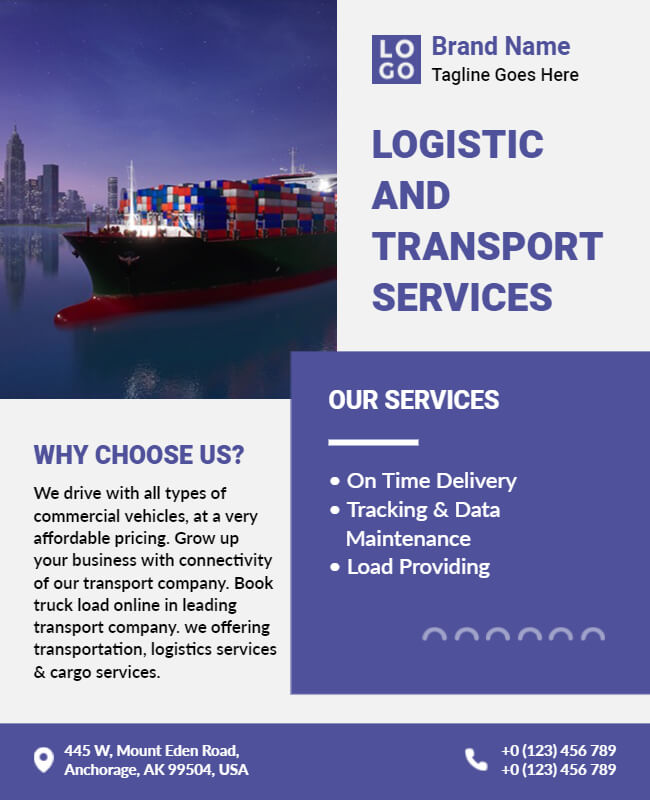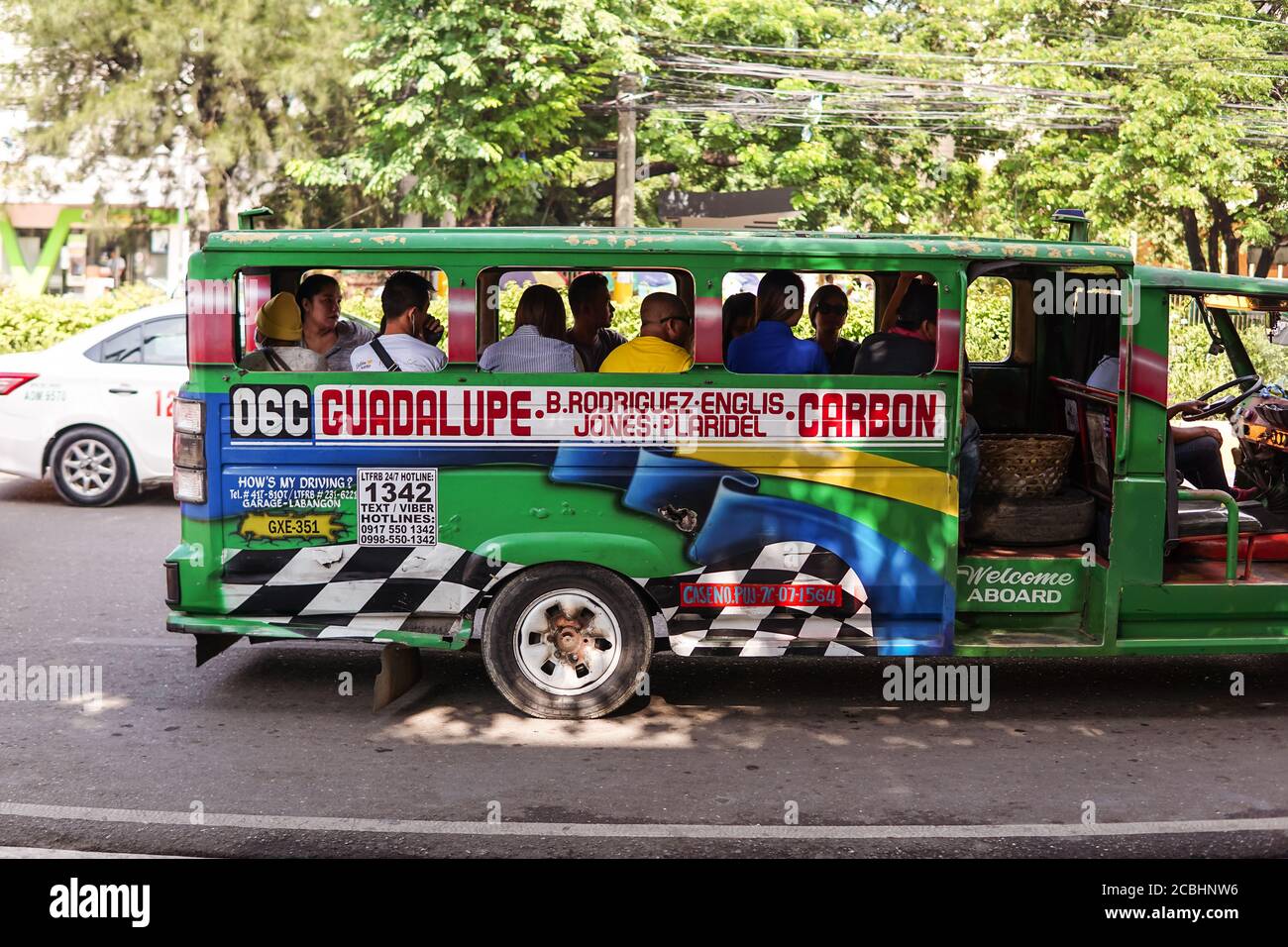Exploring the Influence and Effectiveness of Transportation Advertising in Urban Advertising And Marketing Techniques
Transportation marketing has actually come to be a significant component of urban advertising and marketing strategies, capitalizing on the unique dynamics of public transport settings. With the rapid evolution of modern technology and changing consumer actions, the landscape of transportation advertising and marketing is undertaking remarkable adjustments that merit closer assessment.
The Surge of Transportation Advertising And Marketing
As urban populaces proceed to swell, the need for cutting-edge advertising and marketing solutions has led to the increase of transit marketing as a crucial component of urban marketing methods. This type of advertising leverages public transport systems-- such as trains, subways, and buses-- to reach a varied target market in densely inhabited areas. The performance of transportation marketing lies in its capacity to engage consumers throughout their everyday commutes, a typically neglected yet critical time for brand name messaging.
With cities ending up being progressively busy, conventional advertising areas are becoming limited and less reliable. Transit advertising and marketing provides a vibrant option, enabling brands to display their messages in high-traffic areas where possible clients are continually subjected to the advertisements. Furthermore, as city locals significantly depend on mass transit, the significance and presence of transit marketing have actually grown dramatically.
Furthermore, technical innovations have boosted the sophistication of transit advertising and marketing, enabling digital display screens and interactive campaigns that can capture customer focus better than fixed ads. Because of this, transportation advertising and marketing is not just an affordable alternative yet also a vital approach for brand names seeking to get in touch with city customers in a memorable and impactful way.
Key Advantages of Transportation Marketing
The efficiency of transit marketing is highlighted by its diverse benefits, making it an important tool for urban online marketers. Among the main advantages is its considerable reach; transportation systems serve numerous travelers daily, permitting brand names to get in touch with a varied audience in high-traffic settings. This visibility enhances brand recognition, making certain that promotions are seen continuously by commuters.

Additionally, transportation marketing is cost-effective contrasted to other media, using a lower cost per perception while maintaining high exposure. The adaptability of ad layouts, from bus covers to electronic screens, permits impactful and imaginative campaigns that can adapt to transforming market needs.
Customer Actions Insights
A considerable section of customer habits is influenced by the pervasive nature of transit marketing in city environments. This type of marketing records the focus of varied demographics, involving consumers during their daily commutes.
Research study suggests that transit marketing can stimulate psychological feedbacks, leading to increased brand fondness. Consumers commonly connect the experience of travelling with certain brands, producing an enduring impact that affects getting choices. Moreover, the frequency of exposure to transportation advertisements cultivates experience, which is a critical consider customer depend on and commitment.

Moreover, the public element of mass transit adds to this phenomenon; as individuals share areas, they are most likely to review and advise brands they experience. Hence, transit advertising and marketing not just reaches customers but additionally boosts social communications that strengthen brand name messaging. Recognizing these behavior understandings permits online marketers to customize their methods successfully, ensuring that their projects visit the website reverberate with target audiences in the metropolitan landscape.
Instance Researches and Success Stories
Successful execution of transit marketing techniques is exemplified via numerous study that highlight its effectiveness in urban advertising. One noteworthy example is the partnership in between a popular beverage firm and a major city's public transportation system. The project used bus covers and interior posters, causing a 30% rise in brand recognition and a 15% increase in sales within the target demographic over three months.
One more effective situation included a local restaurant chain that utilized train station advertising and marketing to draw in travelers. By creating visually striking advertisements that supplied timed promotions, the restaurant experienced an uptick in foot traffic, with an excellent 25% rise in lunch hour customers.
Additionally, a city's tourism board introduced a transit project showcasing local destinations through bus stop display screens and metro advertisements. The initiative resulted in a considerable boost in tourist visits, as reported by a 40% visit here boost in queries at visitor centers.
These study underscore the adaptability and possibility of transit advertising and marketing to engage urban audiences effectively, showing that critical placements can yield considerable returns on financial investment and enhance brand visibility in bustling metropolitan atmospheres. - Transit Advertising Philippines
Future Fads en route Advertising And Marketing
As metropolitan landscapes you could look here proceed to develop, so also does the world of transit advertising and marketing, which is positioned to welcome cutting-edge innovations and strategies. One significant pattern is the integration of digital advertising and marketing displays right into public transit systems. These vibrant display screens permit real-time updates and targeted content, enhancing audience engagement. In addition, the adoption of programmatic advertising and marketing is expected to obtain momentum, making it possible for advertisers to leverage information analytics for even more exact target market targeting based upon time, location, and market insights.
Another arising trend is the usage of increased fact (AR) and online reality (VR) experiences within transportation marketing. These immersive technologies can astound commuters, transforming mundane journeys into interactive brand experiences. Furthermore, sustainability is ending up being progressively crucial; eco-friendly advertising products and practices are most likely to obtain traction, reflecting the expanding consumer demand for business social duty.
Finally, the increase of mobile connectivity will promote greater assimilation in between transportation advertising and marketing and personal gadgets. Marketers can develop seamless cross-channel experiences, permitting prompt communication and engagement with prospective customers. Collectively, these trends indicate a transformative future for transportation marketing, supplying brand-new avenues for brand names to attach with city target markets.
Final Thought
Transportation advertising and marketing has developed itself as a considerable element of metropolitan advertising techniques, showing substantial effectiveness via improved brand visibility and consumer interaction. The capability to adjust messages to particular demographics, combined with the cutting-edge use of innovation, settings transit advertising and marketing as a driving force in contemporary advertising (Transit Advertising Philippines). As metropolitan environments remain to develop, the future of transit advertising and marketing guarantees additional advancements, ensuring its importance and effect fit consumer perceptions and actions in urban landscapes
As urban populaces continue to swell, the need for cutting-edge advertising and marketing services has actually led to the rise of transit advertising and marketing as an essential component of urban marketing strategies.A significant part of customer behavior is affected by the prevalent nature of transportation marketing in metropolitan atmospheres. Collectively, these trends suggest a transformative future for transit advertising and marketing, offering brand-new opportunities for brand names to attach with urban target markets.
Transportation marketing has actually developed itself as a substantial part of city advertising techniques, demonstrating substantial efficiency with enhanced brand visibility and consumer engagement. As metropolitan atmospheres proceed to develop, the future of transportation advertising and marketing guarantees more improvements, ensuring its significance and impact in forming consumer assumptions and behaviors in metropolitan landscapes.